Art has been an inseparable part of human civilization, shaping and reflecting cultures, emotions, and identities across millennia. It’s more than just paint on a canvas or a melody in the air—art is the language of humanity, a means to express ideas, beliefs, and emotions when words fall short. From prehistoric rock carvings to the rise of digital memes, art has continuously evolved, adapting to the tools, materials, and sensibilities of its time.
This guide dives into the vast universe of art, categorizing its countless forms while exploring their origins, significance, and journey into mainstream recognition. By understanding the depth and diversity of art, we uncover not just creativity but the very essence of what it means to be human.
To jump to a section of interest click on any of the topics below
Table of Contents
Foundations of Art
What is Art?
Art is notoriously difficult to define, as it transcends rigid boundaries. At its core, art is the deliberate creation of objects or performances meant to evoke emotions, provoke thought, or convey ideas. From cave dwellings adorned with hunting scenes to digital installations in virtual galleries, art takes countless forms—but its essence remains the same: an expression of humanity (Stokstad & Cothren, 2011).
Philosophers, historians, and creatives have debated the definition of art for centuries, each offering a unique lens through which to view its purpose and meaning. Plato saw art as an imitation (mimesis), arguing in The Republic that it was twice removed from the truth and often misleading (Plato, trans. 1991). In contrast, Aristotle, his student, believed art had a cathartic role, purging emotions and offering moral insights through imitation (Poetics, Aristotle, trans. 1995). Tolstoy emphasized that art’s purpose was to communicate emotions, connecting individuals through shared feelings and experiences (Tolstoy, 1898/1995).
Moving beyond classical interpretations, Kant approached art as a form of disinterested pleasure, focusing on beauty and aesthetics as intrinsic to human experience (Kant, 1790/2000, as cited in Stokstad & Cothren, 2011). For Hegel, art was the first stage in the self-expression of the human spirit, serving as a bridge between the physical and the metaphysical (Hegel, 1835/1975).
From a Marxist perspective, Thomson (1974) viewed art as both a product of labor and a reflection of societal structures. He argued that art, while shaped by class divisions, also served as a means to transcend alienation and foster collective human expression. Similarly, Marcuse (1964) critiqued art under capitalism, seeing it as a potential tool for liberation that could challenge the status quo by revealing alternative realities.
In the 20th century, Dewey (1934) framed art as an experience, emphasizing the process of creation and the relationship between art and everyday life. Lastly, Sontag (1966) argued against rigid interpretations, advocating for a more sensory and experiential engagement with art in her seminal work, Against Interpretation.
In modern times, art has expanded to include forms like performance, media, and digital expressions, proving that art’s boundaries are limited only by imagination. These diverse perspectives demonstrate that art’s definition is fluid, shaped by cultural, philosophical, and technological contexts.
Why Art Exists
Art serves a variety of purposes, reflecting the diversity of human societies, beliefs, and emotions. It is not merely an ornamental or intellectual endeavor but a vital part of what makes us human:
As a Survival Tool
Art was foundational to human survival, communication, and cohesion in prehistoric societies. Rock art and cave paintings, such as those at Lascaux, France, went beyond mere documentation of hunting strategies—they were deeply symbolic expressions of humans’ relationship with their environment and the spiritual realm. Thomson (1974) emphasizes that these creations were collective acts tied to labor and survival, functioning as rituals to ensure successful hunts and strengthen group solidarity.
Stokstad and Cothren (2011) suggest that such art functioned as a bridge between the physical and metaphysical, fostering a shared identity and transmitting cultural knowledge across generations. These visual narratives were critical to survival, preserving myths and practical knowledge while forging a sense of unity within early human communities.
As Cultural Identity
Art captures and preserves the essence of a culture, defining its values and traditions. From the harmonious proportions of ancient Greek sculptures that celebrated human strength and beauty to the vibrant textiles of indigenous communities that reflect their connection to nature and ancestry, art serves as a repository of cultural memory. Hauser (1982) highlights how art, even in its earliest forms, was shaped by and contributed to the social structures of its time, reinforcing collective identities and values.
As an Emotional Outlet
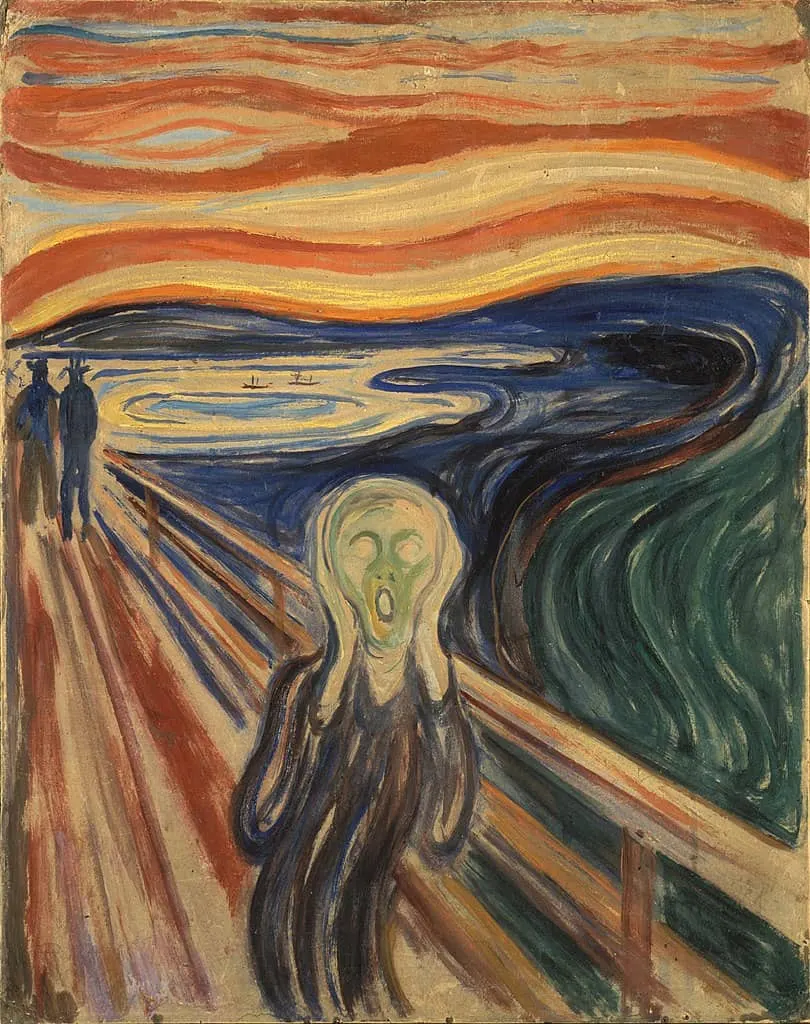
Art has always been a powerful medium for expressing and processing human emotions. Whether through the haunting sorrow of Edvard Munch’s The Scream or the joyous rhythm of jazz, art provides a safe space for navigating the complexities of human emotion. Hopkins (2000) discusses how modern art, particularly after 1945, explored deeper psychological and emotional dimensions, offering avenues for both creators and audiences to grapple with their inner worlds.
As a Social Commentary
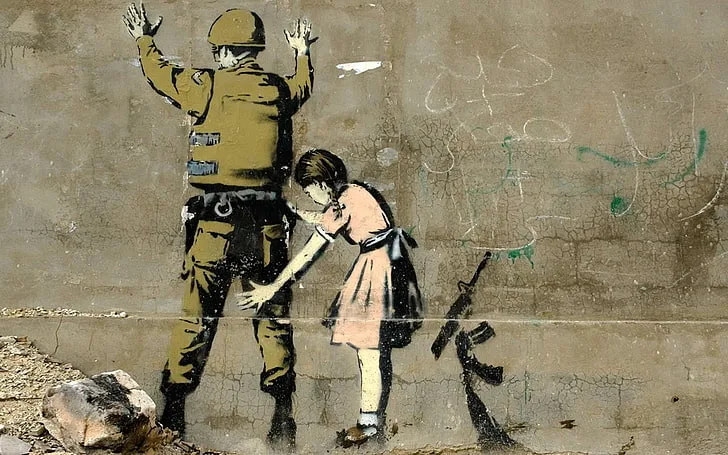
Throughout history, artists have challenged societal norms, critiqued injustice, and inspired change. Works like Picasso’s Guernica and Banksy’s provocative street art reflect the power of art to hold a mirror to society, sparking critical conversations about war, inequality, and human rights. Hauser (1982) explores how art during the Renaissance and Baroque periods often served as a vehicle for political and ideological commentary, highlighting tensions within the societies that produced it.
As Pure Beauty
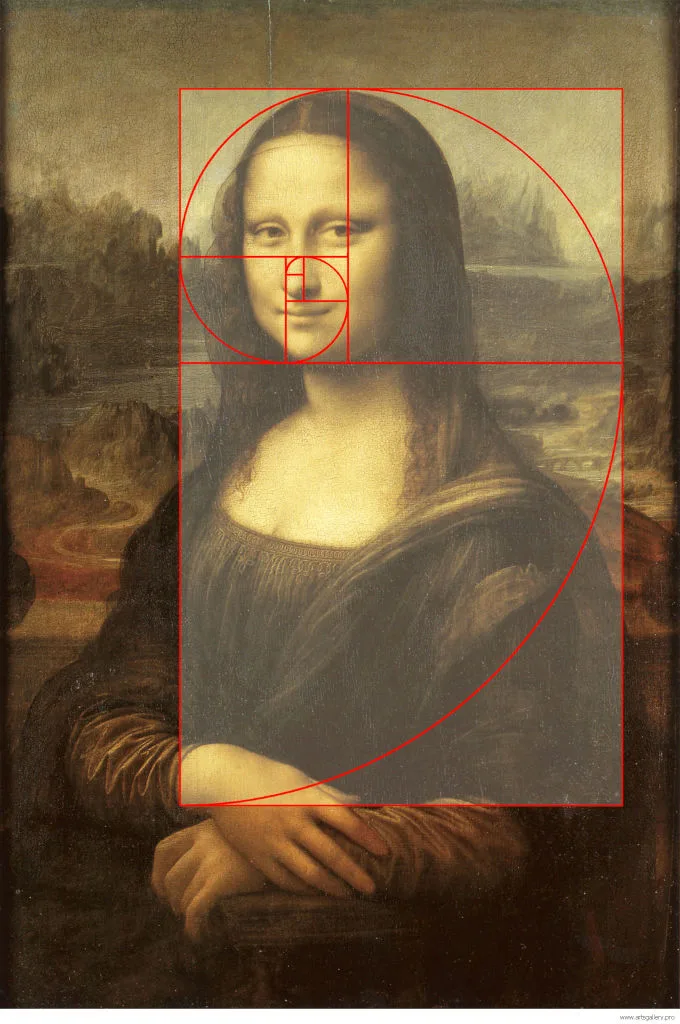
Sometimes, art exists simply to evoke delight and wonder. The serene landscapes of Claude Monet, the intricate geometric patterns of Islamic tiles, or the vibrant stained glass of Gothic cathedrals offer moments of aesthetic pleasure, reminding us of the capacity for beauty in the world. Kant’s philosophy of art as “disinterested pleasure” aligns with this view, suggesting that art’s ability to evoke admiration lies in its universality and lack of utility (Kant, 2000, as cited in Stokstad & Cothren, 2011).
As Resistance and Liberation
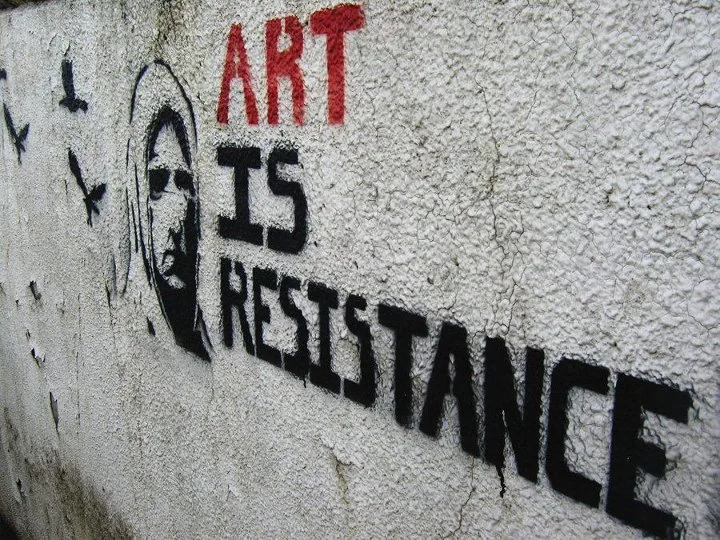
Art also functions as a form of resistance, offering a vision of freedom or alternative possibilities. Modern movements like Dada and Surrealism emerged in reaction to the chaos of war and sought to disrupt conventional aesthetics and norms. Hopkins (2000) notes that these movements used humor, absurdity, and subversion to critique the status quo and imagine a more liberated society.
Types of Art and Their Vast Subcategories
Art can be divided into visual and performance art
Visual Arts
Visual arts encompass a broad spectrum of creative expressions that appeal primarily to the sense of sight. These art forms have evolved over millennia, transitioning from traditional methods to modern and digital innovations. Below is a comprehensive breakdown of visual arts into traditional, modern, and craft-based categories:
See Morethe other art: perfomance Art here
Traditional Visual Arts
These art forms have stood the test of time, often serving as cultural touchstones and vehicles of expression throughout history.
Painting
Painting is one of the most enduring art forms, with techniques and materials varying across cultures and time periods. Key types include:
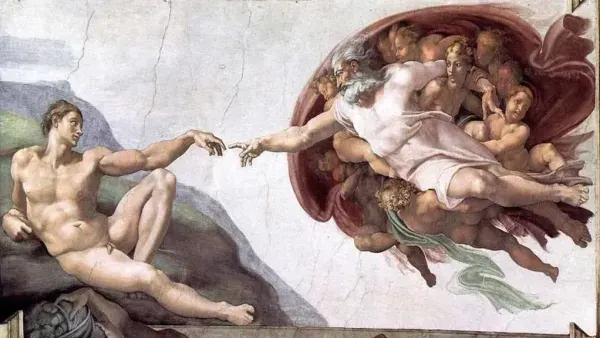
- Oil Painting: Known for its rich texture and vibrant colors, used in masterpieces like da Vinci’s Mona Lisa.
- Watercolor: Light and fluid, this medium creates ethereal effects, often used in landscape art.
- Acrylic: A versatile, fast-drying medium popular in contemporary art.
- Frescoes: Paintings on wet plaster, epitomized by Michelangelo’s Sistine Chapel.
- Miniature Painting: Intricate, small-scale works, often found in manuscripts and traditional art from cultures like Persia and India.
Drawing
The foundation of most visual arts, drawing uses simple tools to create complex compositions. Examples include:
- Charcoal: Known for its dramatic contrasts and expressive strokes.
- Pencil: Versatile and precise, used for both sketches and detailed drawings.
- Ink: Found in traditional Asian art and contemporary calligraphy.
- Pastels: Soft and blendable, often used in impressionistic works.
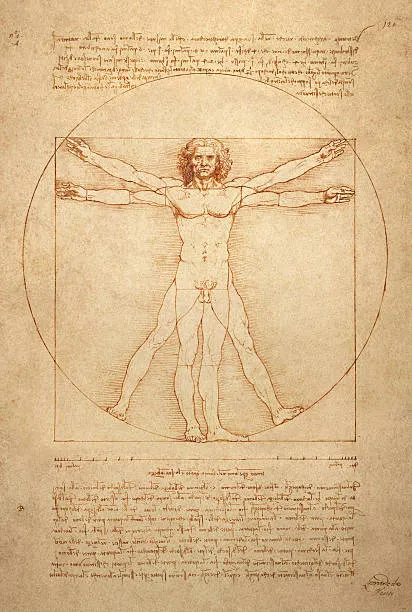
Sculpture
A three-dimensional medium that has been a vital mode of expression since antiquity:
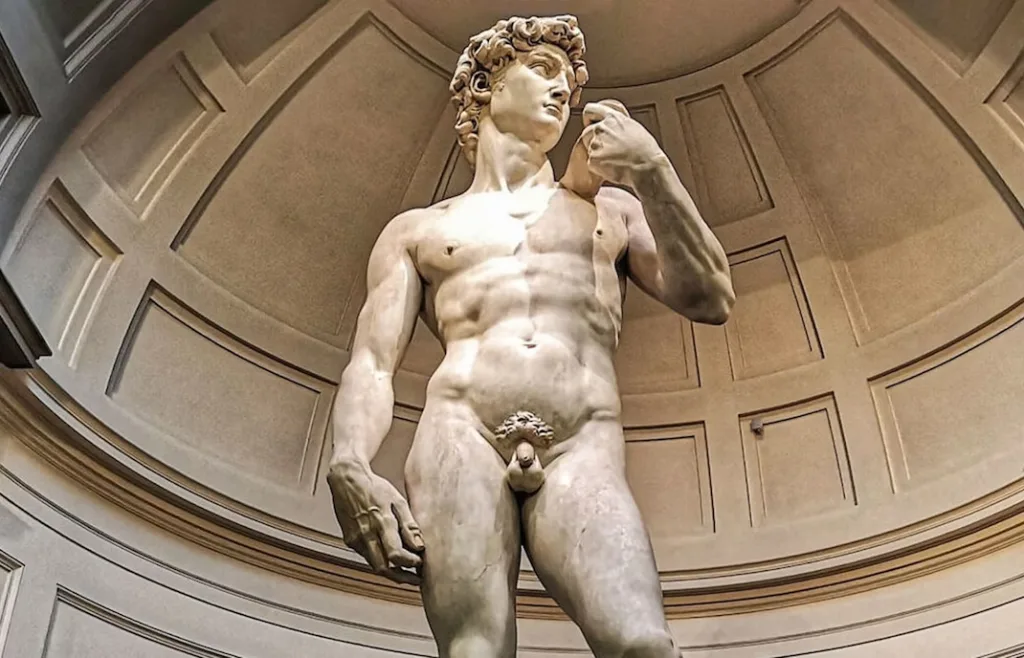
- Marble Sculptures: Classic examples include Michelangelo’s David.
- Bronze Sculptures: Frequently used in ancient and modern works.
- Wood Sculptures: Common in indigenous art and contemporary installations.
- Modern Installations: Innovative pieces that merge sculpture with conceptual art, like Louise Bourgeois’s Maman.
Rock Art

Among the earliest visual art forms, rock art encompasses carvings, engravings, and paintings on natural surfaces:
- Petroglyphs: Carvings into rock surfaces, often depicting hunting or spiritual symbols.
- Cave Paintings: Found in places like Lascaux, France, these prehistoric works capture the essence of early human life.
Modern and Digital Visual Arts
The advent of technology and new materials has given rise to contemporary forms of visual art, transforming how art is created and consumed.
Photography
A medium that combines artistic vision with technological innovation:
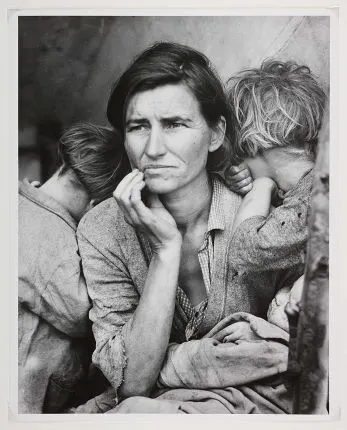
- Analog Photography: Classic black-and-white or color photography using film.
- Digital Photography: Easily editable and shareable, it has democratized the art form.
- Photojournalism: Captures real-world events with an artistic eye.
- Conceptual Photography: Explores abstract ideas and artistic concepts.
Graphic Design
A blend of creativity and functionality, graphic design plays a critical role in branding, communication, and digital culture:
- Branding: Logos and corporate identity designs.
- Typography: The art of arranging type in aesthetically pleasing ways.
- Digital Art: CGI, NFTs, and glitch art have transformed visual storytelling and ownership.
Digital Art
- CGI (Computer-Generated Imagery): Widely used in films, gaming, and virtual reality.
- NFTs (Non-Fungible Tokens): Digital art tied to blockchain technology, revolutionizing art ownership.
- Glitch Art: A contemporary aesthetic embracing technological errors as art.
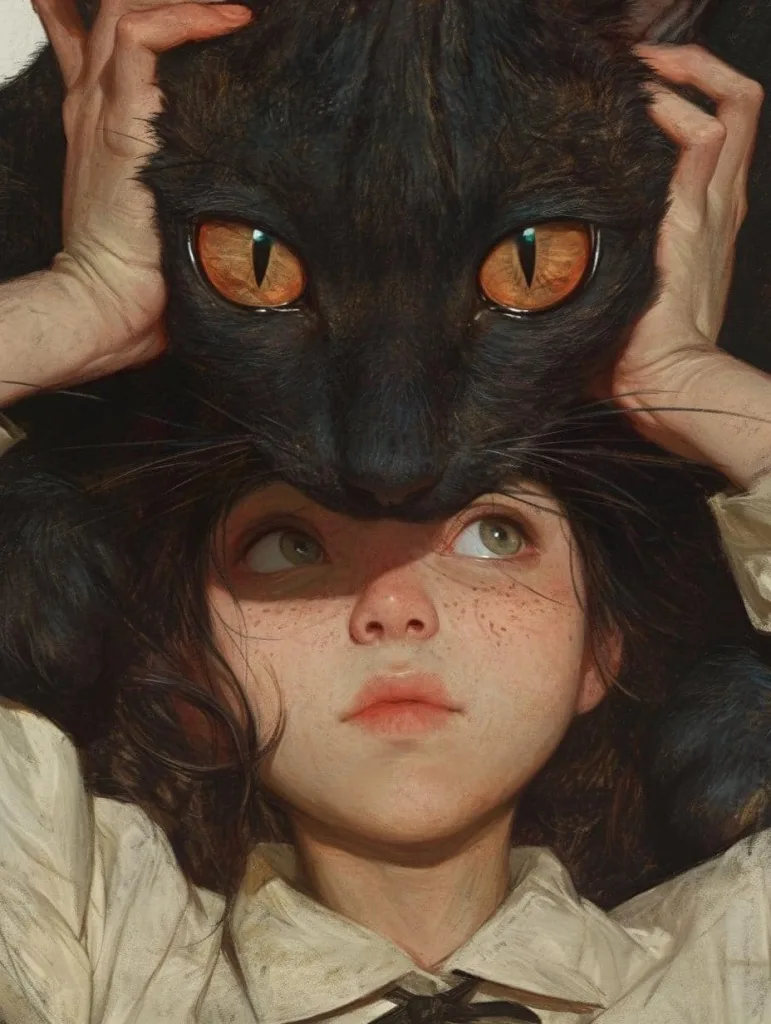
Memes
A unique internet-born art form, memes combine humor, social commentary, and visual simplicity, creating a new cultural language.
Crafts and Decorative Arts
Crafts and decorative arts blend functionality with beauty, showcasing human ingenuity and cultural heritage.
Textile Art:
- Quilts: Combining utility with storytelling, often seen in American folk traditions.
- Embroidery: Detailed needlework that spans cultures, from Chinese silk embroidery to European tapestry.
Pottery and Ceramics:
Traditional wheel-thrown pots and hand-sculpted ceramics, often decorated with intricate patterns.
Glassblowing:
A mesmerizing process creating both functional items and stunning sculptures, like those by Dale Chihuly.
Jewelry Design and Metalworking
Artisans craft wearable works of art, blending precious metals and stones into timeless designs
The Purpose and Impact of Art
Art is more than a means of creative expression—it is a dynamic force that shapes and reflects society. Its purpose and impact extend beyond aesthetics, influencing culture, politics, economics, and individual well-being. This section explores the multifaceted roles of art in human life.
Art as Cultural Identity and Preservation
Art serves as a vital repository of cultural heritage, preserving the traditions, beliefs, and values of societies across time. From ancient carvings to contemporary murals, art captures the essence of a community and ensures its legacy:
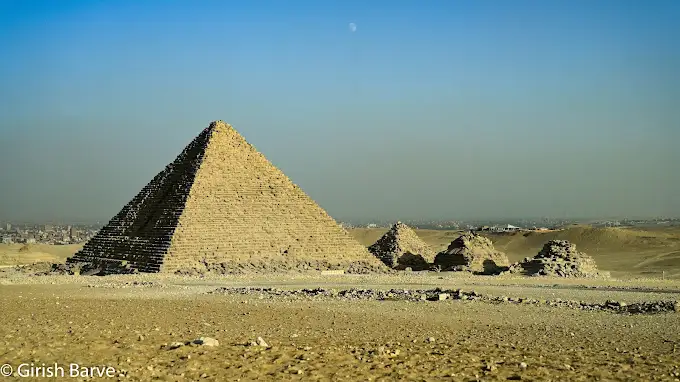
- Historical Documentation: Ancient Egyptian tomb paintings, indigenous textiles, and Gothic cathedrals reflect the values and beliefs of their respective eras (Stokstad & Cothren, 2011). These works provide a window into the past, helping us understand and connect with our ancestors.
- Cultural Revival: In modern times, art has been a tool for reclaiming cultural identity, especially for marginalized communities. Indigenous artists, for example, use traditional crafts and contemporary methods to revitalize their heritage and assert their narratives on global stages.
Art fosters a sense of pride and unity, reinforcing the cultural fabric of societies.
Art as a Political Tool: Activism and Propaganda
Art has long been a powerful medium for political expression, both as a tool for activism and propaganda. Its ability to evoke emotion and inspire action makes it uniquely suited to shaping public opinion:
- Activism: Works like Picasso’s Guernica and Diego Rivera’s murals highlight social injustices and give voice to the marginalized. Street art and graffiti, such as the work of Banksy, continue this tradition, critiquing systems of power and sparking conversations on global issues (Hauser, 1982).
- Propaganda: Conversely, governments and institutions have used art to legitimize authority and disseminate ideology. From the grandeur of Roman imperial sculptures to Soviet-era posters, art has been instrumental in crafting narratives that reinforce political agendas.
Art’s dual role as a voice for dissent and a tool for control underscores its profound influence on society.
Art as Therapy and Healing
Beyond its cultural and political significance, art plays a deeply personal role in promoting mental health and well-being. The therapeutic potential of art has been recognized across cultures and professional practices:
- Emotional Expression: Art provides a safe outlet for expressing complex emotions that may be difficult to articulate in words. Practices like painting, music, and dance are often used in art therapy to help individuals process trauma and stress.
- Community Healing: Collaborative art projects, such as public murals in post-conflict zones, foster collective healing and reconciliation. They offer a means for communities to rebuild trust and share experiences.
- Scientific Backing: Studies have shown that engaging with art can reduce stress, lower cortisol levels, and improve overall mental health, making it a valuable tool in healthcare settings (Dewey, 1934).
Art’s ability to heal, both individually and collectively, highlights its importance in fostering resilience and empathy.
The Economic and Societal Influence of the Creative Industries
Art is not only culturally significant but also a major driver of economic growth and innovation. The creative industries, encompassing fields like design, film, music, and visual arts, contribute significantly to global economies:
- Job Creation: From artists and designers to curators and digital content creators, the art world supports millions of livelihoods. The rise of digital platforms has further expanded opportunities in creative fields.
- Urban Revitalization: Art often plays a central role in urban development, transforming neglected areas into vibrant cultural hubs. Initiatives like artist residencies and street art festivals attract tourism and investment.
- Innovation: The intersection of art and technology has spurred groundbreaking developments, from virtual reality experiences to NFT marketplaces. These innovations not only redefine art’s role but also shape the future of industries beyond the creative sector (Hopkins, 2000).
Art’s economic contributions underscore its societal value, extending far beyond galleries and museums.
Through its ability to preserve culture, inspire action, heal individuals, and drive economies, art proves itself as an essential component of human life. Its purposes are as varied as the societies it serves, making it a universal and timeless force of influence.
How Art Entered the Mainstream
Art has always been a reflection of its time, but its journey into the mainstream—the point where it became widely accessible and appreciated—was shaped by a series of pivotal historical, economic, and technological developments. This section explores the factors that brought art from elite circles into everyday life.
The Role of Patrons and Royal Sponsorships in Ancient and Renaissance Art
In ancient societies, art was often commissioned by rulers, religious institutions, and wealthy patrons. These sponsorships were not merely acts of generosity but were deeply tied to political power and cultural identity. For example:
- In Ancient Egypt, monumental structures like the pyramids and intricate tomb frescoes were funded by pharaohs to assert divine authority and ensure their legacy (Stokstad & Cothren, 2011).
- During the Renaissance, families like the Medicis of Florence played a critical role in advancing art. Their patronage supported artists such as Michelangelo and Leonardo da Vinci, elevating the status of art and enabling the creation of iconic masterpieces (Hauser, 1982).
By tying art to religious, political, and cultural agendas, patrons made art a public and enduring statement, embedding it into the fabric of society.
The Industrial Revolution and Mass Production of Art Materials
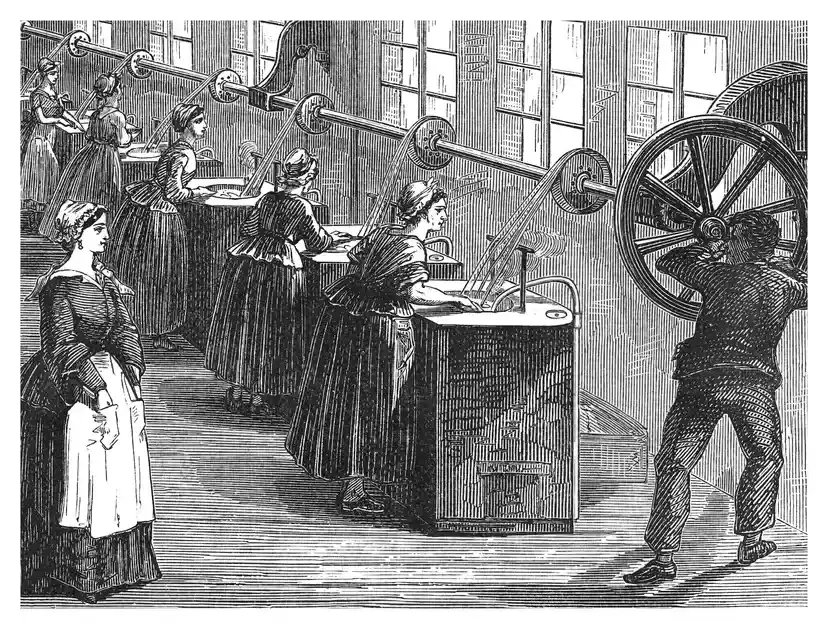
The Industrial Revolution (18th–19th centuries) marked a turning point in art’s accessibility. Advances in technology revolutionized the production and distribution of art materials:
- Cheaper Materials: Innovations such as pre-mixed paints, synthetic pigments, and portable canvases democratized the creation of art, making it more accessible to amateur artists (Stokstad & Cothren, 2011).
- Printmaking and Lithography: The ability to mass-produce prints allowed artworks to reach broader audiences. Artists like Francisco Goya used these methods to create series like The Disasters of War, bringing social critique into the public sphere (Hopkins, 2000).
These advancements enabled artists from diverse socioeconomic backgrounds to contribute to the art world, breaking down traditional barriers.
The Democratization of Art in the 20th Century
The 20th century witnessed a cultural shift that placed art within reach of the general public. This era saw:
- Public Galleries and Museums: Institutions like the Louvre and the Museum of Modern Art (MoMA) became hubs of art education and appreciation. They transformed art from a private indulgence into a shared cultural experience (Hauser, 1982).
- Art Movements for the People: Movements like Dada and Pop Art sought to dismantle elitist notions of art. Andy Warhol, for example, blurred the lines between commercial art and fine art, proving that anything—from soup cans to celebrity portraits—could be art (Hopkins, 2000).
This democratization reflected broader social changes, including the rise of middle-class consumers and a global appetite for cultural exchange.
The Digital Revolution and Social Media in Modern Art
The advent of digital technology and the internet has revolutionized the art world, making it more inclusive and interactive than ever before:
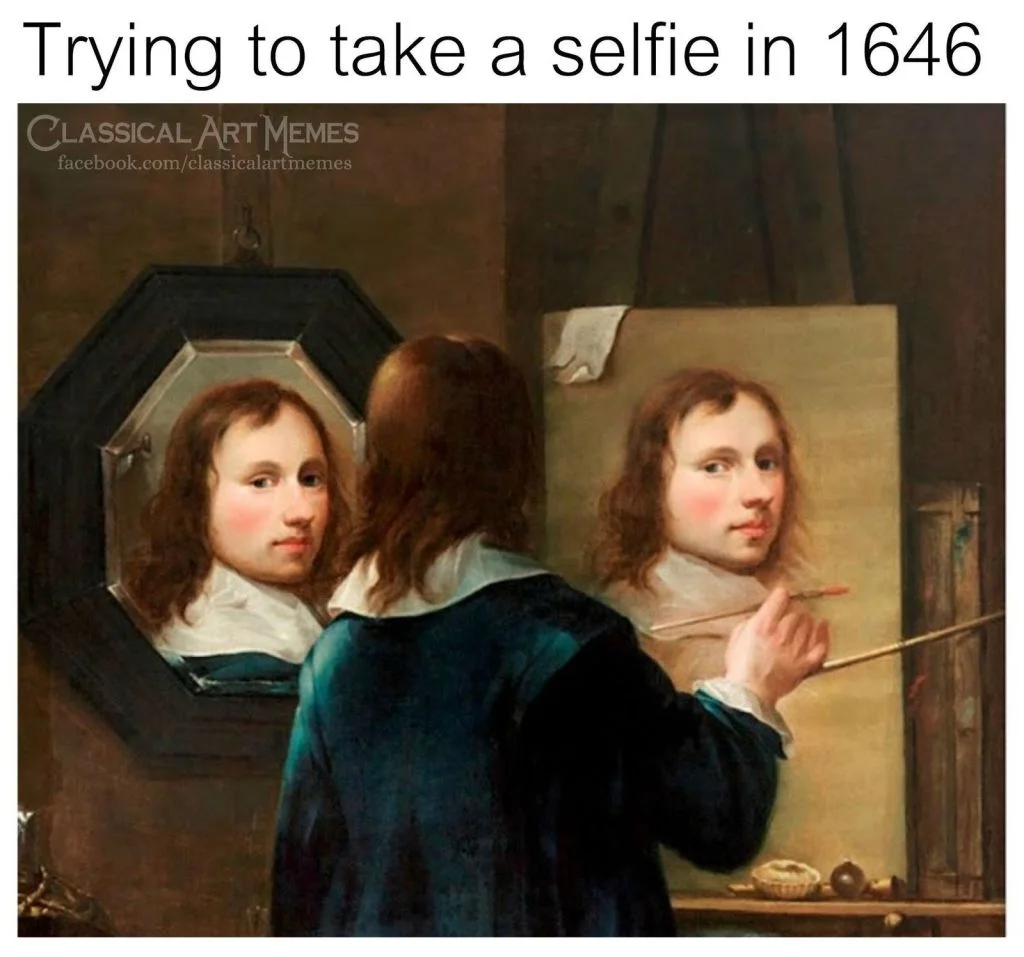
- Digital Tools for Creation: Software like Photoshop and Procreate allows artists to experiment with new styles and techniques, while platforms like NFTs enable artists to monetize their digital works in innovative ways (Hopkins, 2000).
- Social Media as a Gallery: Platforms like Instagram and TikTok have democratized art display, enabling artists to reach global audiences instantly. Viral art trends and memes have further blurred the boundaries between high art and popular culture.
- Virtual Exhibitions: With the rise of virtual and augmented reality, galleries now offer immersive experiences that transcend physical spaces, allowing audiences worldwide to explore art interactively.
This digital era not only expands art’s reach but also redefines its purpose, making it a dynamic, collaborative, and ever-evolving cultural force.
Art’s journey into the mainstream reflects humanity’s ongoing efforts to balance exclusivity with inclusivity. From royal courts to social media feeds, art continues to adapt, reaching wider audiences and inspiring deeper connections in ways that were once unimaginable.
Evolution of Art Movements Across Time
Art has evolved dramatically over the centuries, reflecting the shifting priorities, beliefs, and technologies of human societies. Each era brought unique innovations and styles, leaving an indelible mark on the cultural landscape.
Prehistoric to Classical Art
The earliest known art forms date back to prehistoric times, where humans sought to communicate and connect with their environment. These evolved into the highly structured and symbolic art of classical civilizations:
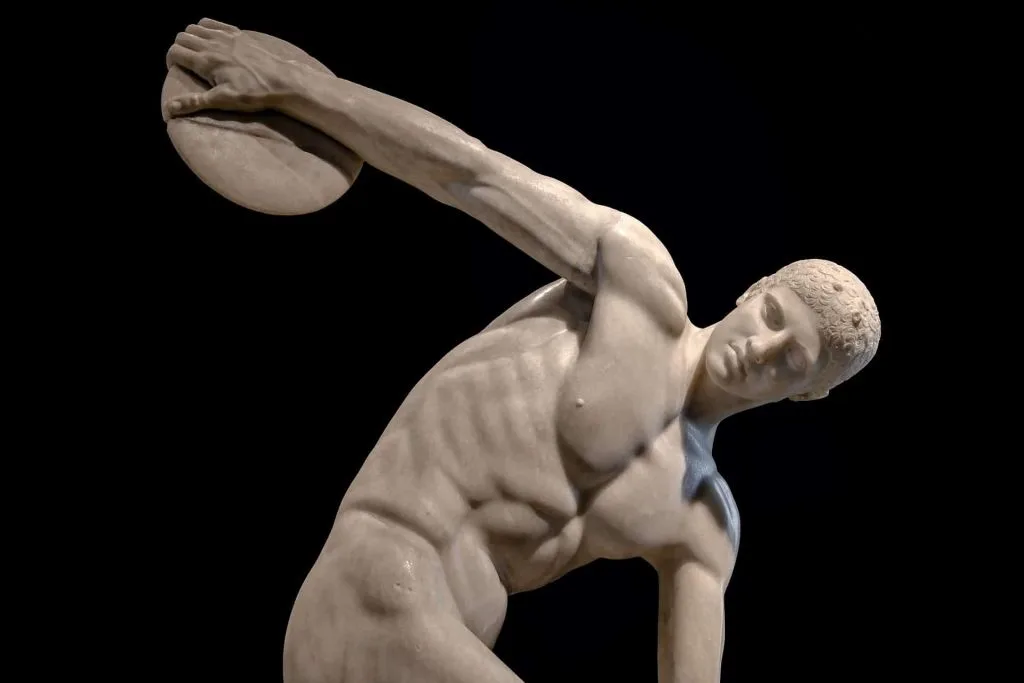
The Discobolus by Myron is an ancient Greek sculpture completed at the start of the Classical period in around 460–450 BC that depicts an ancient Greek athlete throwing a discus.
- Cave Art: Found in sites like Lascaux, France, these images depict animals, hunting scenes, and abstract symbols, serving both ritualistic and communicative purposes (Stokstad & Cothren, 2011).
- Egyptian Hieroglyphics: Combining text and imagery, hieroglyphics adorned temples and tombs, symbolizing divine authority and guiding souls to the afterlife.
- Greco-Roman Art: Celebrated the human form, blending idealized beauty with naturalism. Greek sculptures like Discobolus and Roman architectural feats like the Colosseum exemplify this era’s technical mastery and cultural focus on humanism.
Medieval to Renaissance Art
This period marked a profound shift in focus from religious devotion to humanistic exploration, paving the way for innovation and rediscovery.
- Medieval Art: Dominated by religious themes, medieval art featured illuminated manuscripts, stained glass, and Byzantine mosaics. These works emphasized spiritual transcendence over realism.
- Renaissance Art: The Renaissance revived classical ideals of proportion and perspective, celebrating human achievement and individuality. Iconic works like da Vinci’s Mona Lisa and Michelangelo’s David demonstrated technical mastery and a renewed focus on realism and emotion (Hauser, 1982).
Baroque to Modernism
The Baroque period ushered in grandeur and emotional intensity, which gradually gave way to modernist movements that broke traditional boundaries.
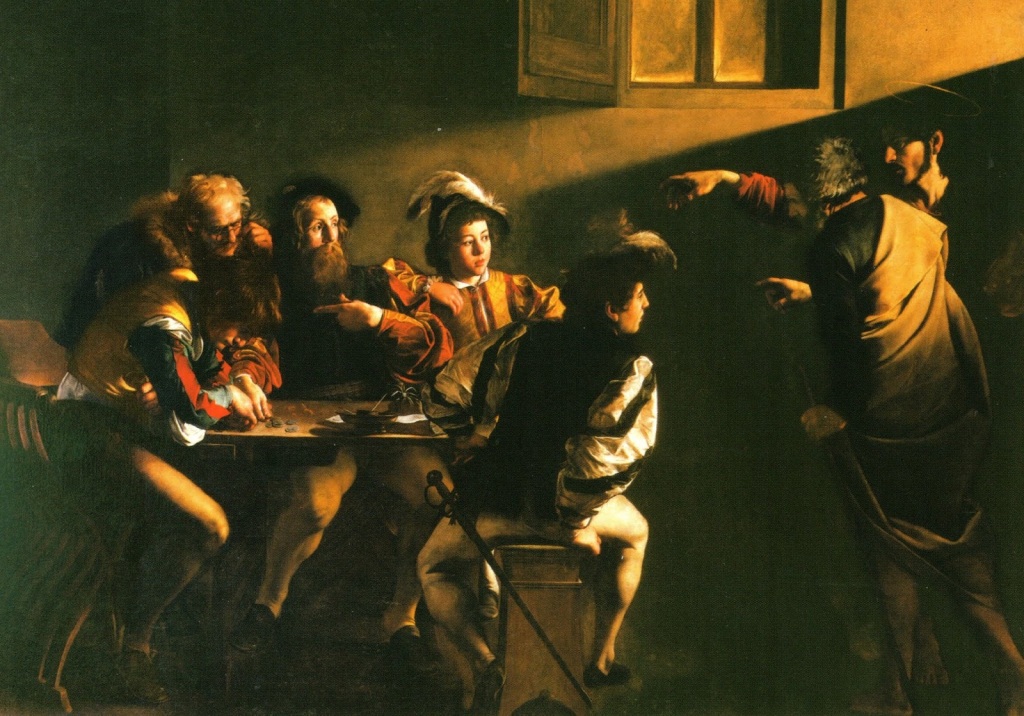
- Baroque Art: Known for its dramatic use of light and movement, Baroque works like Caravaggio’s The Calling of St. Matthew conveyed raw emotion and dynamic energy.
- Realism: In the 19th century, artists like Courbet shifted focus to everyday life, rejecting idealism in favor of truthful depictions.
- Surrealism and Abstract Art: Movements like surrealism, led by artists like Dalí, explored the subconscious and dreams. Abstract art, championed by Kandinsky, emphasized form, color, and emotion over representation (Hopkins, 2000).
Postmodern to Contemporary Art
In the late 20th century, art movements challenged traditional norms, embracing diversity and questioning established narratives.
- Deconstructionism: Explored the fragmentation of ideas and structures, questioning the boundaries of art itself.
- Pop Art: Artists like Andy Warhol celebrated and critiqued consumer culture by transforming mundane objects into art.
- Minimalism: Stripped art to its essentials, focusing on form, color, and space, exemplified by works of Donald Judd.
- Contemporary Art: Today’s art scene is characterized by global influences, multimedia approaches, and the blending of traditional and digital techniques, reflecting the complexities of modern life.
The Future of Art
As technology and societal priorities evolve, the future of art promises new possibilities that merge creativity with innovation and responsibility.
The Role of Artificial Intelligence in Art Creation
AI is reshaping the art world, enabling artists to collaborate with algorithms to produce innovative works:
- Generative Art: Tools like DALL-E and DeepDream allow artists to create AI-generated imagery that pushes the boundaries of creativity.
- Ethical Questions: AI art raises questions about authorship, originality, and the role of human creativity in a machine-assisted future (Hopkins, 2000).
The Integration of Sustainability and Eco-Conscious Art
In response to environmental concerns, artists are exploring eco-friendly practices:
- Sustainable Materials: Many contemporary artists prioritize recycled and biodegradable materials in their work.
- Eco-Art Installations: Works like Olafur Eliasson’s Ice Watch draw attention to climate change, blending art with activism.
Virtual Reality and Interactive Art Experiences
Advances in VR and AR are transforming how audiences engage with art:
- Immersive Exhibitions: VR allows viewers to step into a painting or explore digital installations, making art more interactive and accessible.
- Augmented Reality: AR apps enable users to experience art in public spaces or their homes, expanding its reach beyond traditional galleries.
As art continues to evolve, it will reflect humanity’s collective creativity and adaptability, blending tradition with innovation to meet the challenges and opportunities of the future.
Explore Modern Takes on Art Techniques
As we’ve explored the rich history and diverse techniques of art, it’s equally fascinating to see how modern artists reinterpret these traditions in contemporary ways. From abstract art to realism, artists today combine traditional methods with modern tools and ideas, creating fresh, inspiring works.
Here are some fantastic resources on our site that showcase modern takes on these techniques:
- Abstract Art Ideas in 2025: Discover how abstract landscapes capture nature’s essence in reimagined ways.
- Expressionism in Modern Times: See how emotion continues to be a driving force in artistic expression.
- Realism Art Ideas: Learn how today’s artists bring life to their work with breathtaking detail.
- Cubism Art Exploration: Explore how Cubism’s fragmented perspectives remain relevant.
- Graffiti as Modern Art: See how graffiti evolves into an artistic medium for storytelling and activism.
- Calligraphy Ideas to Elevate Creativity: Discover how this ancient art form continues to inspire.
- Floral Sketching Made Easy: Learn modern methods to bring classic floral designs to life.
- Watercolor Painting Ideas: See how watercolors create ethereal modern art.
- Oil Painting for All Levels: Explore how oil painting remains a timeless art form.
- Acrylic Painting Inspirations: Discover how acrylics adapt to modern and abstract techniques.
- Charcoal Drawing Ideas: Explore the expressive power of charcoal in modern art.
- Mosaic Art for Contemporary Spaces: Learn how mosaics are reimagined in today’s art world.
- Caricature Ideas to Spark Imagination: See how caricature combines humor and art.
- Pastel Portraits for Modern Artists: Discover the vibrancy and versatility of pastels.
- Impressionism Painting Inspirations: Learn how Impressionism continues to captivate audiences.
- Pencil Portrait Studies: See the timeless appeal of pencil art.
- Ink Drawing Art Pieces: Explore the elegance of ink in contemporary designs.
- Tree Sketching Techniques: Discover innovative approaches to drawing trees.
- Food Sketch Ideas: Learn how food sketching blends art and appetite.
- Creative Animal Drawings: See how modern artists capture the spirit of animals.
Modern art breathes new life into historical techniques while paving the way for innovation. Explore these links for fresh perspectives and practical ideas on how classic styles are reinterpreted today!
Q&A Section: Frequently Asked Questions About Art
Here are the most common Q and As on Art its meaning and history
1. What are the main types of art?
Art can be broadly categorized into visual arts (e.g., painting, sculpture, photography), performing arts (e.g., theater, dance, music), literary arts (e.g., poetry, novels), applied arts (e.g., design, architecture), and media arts (e.g., film, animation, digital art). Each category includes numerous subcategories, from traditional crafts to contemporary digital creations.
2. How has art evolved over time?
Art has evolved alongside human civilization, starting with prehistoric cave paintings and progressing through classical art, religious medieval works, the humanistic focus of the Renaissance, and the experimentation of modernism. Contemporary art embraces global perspectives, digital media, and diverse cultural influences.
3. What is the purpose of art?
Art serves multiple purposes, including cultural preservation, emotional expression, social commentary, and healing. It can also drive economic growth through the creative industries and serve as a medium for activism, education, and innovation.
4. How has technology influenced art?
Technology has revolutionized art in several ways:
- Digital tools enable artists to create and manipulate imagery.
- AI-generated art explores new forms of creativity.
- Social media platforms like Instagram and TikTok provide artists with global exposure.
- Virtual and augmented reality transform how art is experienced, making it more interactive and accessible.
5. Can anyone be an artist?
Yes, art is inclusive, and anyone can express themselves creatively. While some artists achieve mastery through formal training, many create impactful work by following their passion and experimenting with various mediums and techniques.
6. Why is art important to society?
Art is vital for cultural identity, fostering empathy, and sparking social change. It preserves history, critiques power structures, and provides an outlet for human creativity. Economically, the art industry generates jobs and drives innovation.
7. How does art contribute to mental health?
Art can reduce stress, foster self-expression, and help process complex emotions. Practices like painting, music, and dance are often used in art therapy to support mental health and well-being, making art a powerful tool for individual and community healing.
8. What challenges does contemporary art face?
Contemporary art grapples with issues like accessibility, funding, and the impact of digital media on traditional practices. Ethical questions around AI-generated art, sustainability, and the commercialization of art also pose challenges to the modern art world.
9. What is the role of sustainability in art?
Eco-conscious art prioritizes using sustainable materials and addressing environmental issues. Many artists use their work to raise awareness about climate change, pollution, and conservation, creating a meaningful dialogue around sustainability.
10. How can I start exploring art?
Begin by visiting museums, galleries, or online platforms to explore different types of art. Experiment with creating your own art using simple materials or digital tools. Joining local art classes or communities can also help deepen your appreciation and understanding of art.
References
- Aristotle. (1995). Poetics (M. Heath, Trans.). Penguin Classics. (Original work published ca. 335 BCE)
- Dewey, J. (1934). Art as experience. Minton, Balch & Company.
- Hauser, A. (1982). The social history of art: Renaissance, Mannerism, Baroque (Vol. 2). Routledge.
- Hegel, G. W. F. (1975). Aesthetics: Lectures on fine art (T. M. Knox, Trans.). Oxford University Press. (Original work published 1835)
- Hopkins, D. (2000). After modern art 1945–2000. Oxford University Press.
- Kant, I. (2000). Critique of the power of judgment (P. Guyer, Ed. & Trans.). Cambridge University Press. (Original work published 1790)
- Marcuse, H. (1964). One-dimensional man: Studies in the ideology of advanced industrial society. Beacon Press.
- Plato. (1991). The Republic (A. Bloom, Trans.). Basic Books. (Original work published ca. 375 BCE)
- Sontag, S. (1966). Against interpretation and other essays. Farrar, Straus & Giroux.
- Stokstad, M., & Cothren, M. W. (2011). Art history (4th ed.). Pearson.
- Thomson, G. (1974). The human essence. Lawrence and Wishart.
- Tolstoy, L. (1995). What is art? (R. Pevear & L. Volokhonsky, Trans.). Penguin Classics. (Original work published 1898)

